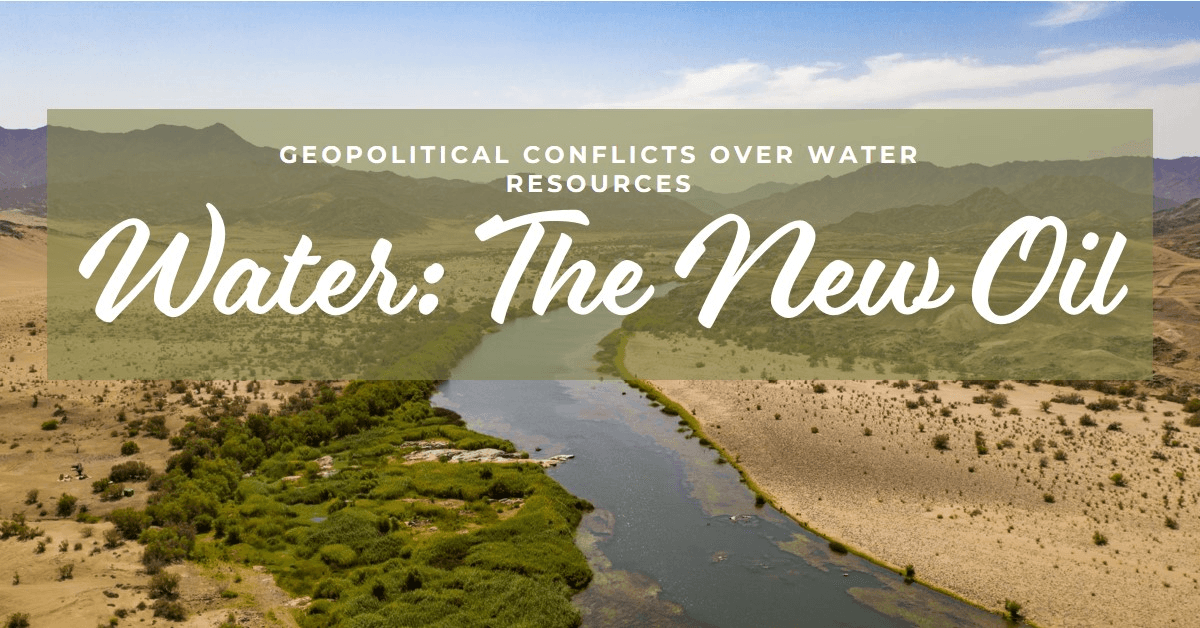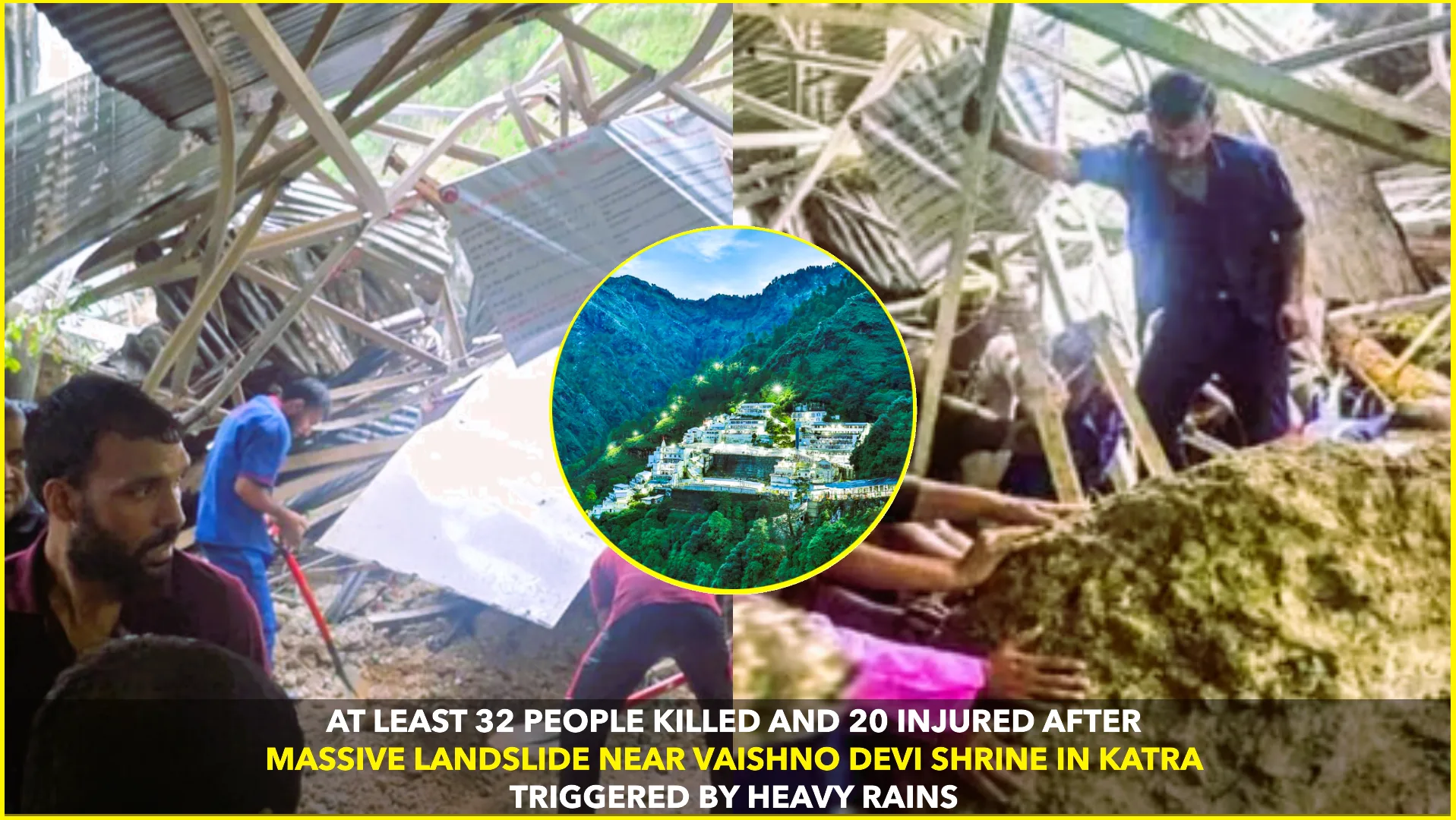Water is the most fundamental resource for life on Earth, yet it is becoming increasingly scarce in many parts of the world. As population growth, urbanization, and climate change place unprecedented pressures on global water supplies, many experts warn that water could become the “new oil” in the sense that it may drive major geopolitical conflicts in the near future. Just as the world has seen wars fought over oil, we could soon witness similar conflicts over access to freshwater.
In this article, we will investigate the emerging water conflicts across different regions and their potential to escalate into major geopolitical issues. We will explore how water scarcity is becoming a source of tension between nations and within countries, and what the future may hold if sustainable solutions are not found.
The Global Water Crisis: A Looming Threat
The world is experiencing a significant water crisis, with over 2 billion people lacking access to safe drinking water. According to the United Nations, global water demand is expected to increase by 55% by 2050, driven by industrialization, agriculture, and population growth. At the same time, climate change is exacerbating water scarcity by altering precipitation patterns, causing droughts, and reducing the availability of freshwater sources such as rivers, lakes, and aquifers.
The potential for conflict arises when neighboring countries share water resources, such as rivers and lakes, and face disagreements over their allocation. As nations struggle to secure enough water for their populations and economies, tensions can escalate, particularly in regions that are already politically unstable. Let’s take a closer look at some of the regions where water scarcity is already creating or could soon create serious geopolitical conflicts.
Water Conflicts in the Middle East
The Nile River Dispute
One of the most prominent water conflicts in recent years is the dispute over the Nile River, the world’s longest river, which flows through 11 African countries. The key players in this conflict are Egypt, Sudan, and Ethiopia, with Egypt historically holding significant control over the Nile’s waters under colonial-era agreements.
However, Ethiopia’s construction of the Grand Ethiopian Renaissance Dam (GERD) on the Blue Nile, which provides most of the water to the main Nile, has created tensions with Egypt and Sudan. Egypt fears that the dam will reduce its water supply, which is critical for agriculture and drinking water. Sudan has also expressed concerns about the dam’s potential impact on its own water resources.
While negotiations have taken place between the three nations, no final agreement has been reached, and the potential for conflict remains high. Some analysts warn that if Ethiopia and Egypt cannot find a peaceful resolution, the dispute could escalate into military conflict.
Learn more about the Nile River dispute and its implications.
Water Scarcity in the Arabian Peninsula
The Arabian Peninsula is one of the most water-scarce regions in the world, with countries such as Saudi Arabia, the United Arab Emirates (UAE), and Yemen facing significant water stress. In Saudi Arabia, for example, over 90% of the country’s freshwater comes from desalination, a costly and energy-intensive process. The reliance on desalination and the depletion of groundwater resources have raised concerns about the long-term sustainability of water supplies in the region.
Yemen, on the other hand, is facing a humanitarian crisis exacerbated by water scarcity. The ongoing civil war in Yemen has made it difficult for the population to access clean water, leading to widespread cholera outbreaks and water-borne diseases. As water resources become scarcer, the potential for further instability in Yemen and neighboring countries increases.
South Asia’s Water Woes
The India-Pakistan Water Conflict
South Asia is another region where water scarcity is a major concern. India and Pakistan, two nuclear-armed neighbors with a history of conflict, share the Indus River basin. The Indus Waters Treaty, signed in 1960, governs the distribution of water from the Indus River and its tributaries between the two countries. While the treaty has largely been successful in preventing conflict, tensions have escalated in recent years due to India’s construction of dams on the rivers that flow into Pakistan.
Pakistan, heavily reliant on the Indus River for agriculture, has accused India of violating the treaty by diverting water for its own use. India, meanwhile, argues that it has the right to use the water for non-consumptive purposes such as hydroelectric power generation. The potential for this dispute to escalate into a larger conflict remains a concern, especially given the already tense relationship between the two countries.
The Ganges-Brahmaputra Dispute
India also faces water disputes with Bangladesh over the Ganges and Brahmaputra rivers. The Ganges River, which flows from India into Bangladesh, is a lifeline for millions of people in both countries. However, the construction of dams and water diversion projects in India has led to concerns in Bangladesh about reduced water flow and its impact on agriculture and fisheries.
Similarly, the Brahmaputra River, which originates in Tibet and flows through India and Bangladesh, has been a source of tension between the two countries. China’s plans to build dams on the Brahmaputra have further complicated the situation, as India fears that China’s actions could reduce water flow downstream.
Central Asia: A Region on the Brink
Central Asia is another region where water scarcity could lead to geopolitical conflicts. The five Central Asian countries—Kazakhstan, Kyrgyzstan, Tajikistan, Turkmenistan, and Uzbekistan—share the waters of two major rivers, the Amu Darya and the Syr Darya, which flow into the Aral Sea. The Soviet Union’s use of these rivers for large-scale irrigation projects during the 20th century led to the dramatic shrinking of the Aral Sea, one of the world’s worst environmental disasters.
Today, the region continues to struggle with water scarcity, and tensions have arisen over water-sharing agreements. Upstream countries like Kyrgyzstan and Tajikistan rely on the rivers for hydroelectric power, while downstream countries like Uzbekistan and Turkmenistan depend on the water for agriculture. Disputes over water allocation have led to diplomatic tensions, and there are fears that these tensions could escalate into conflict if a fair and sustainable water-sharing solution is not found.
Africa: Water Conflicts on the Horizon
The Niger River Basin
In West Africa, the Niger River is a vital source of water for millions of people across nine countries, including Nigeria, Mali, and Niger. However, water scarcity in the region is becoming an increasingly serious issue, exacerbated by climate change, population growth, and poor water management.
The countries that rely on the Niger River have already experienced tensions over water use, particularly as upstream countries seek to develop hydropower projects. As water scarcity worsens, the potential for conflict in the region increases, particularly in politically unstable countries like Mali, where armed groups could exploit water-related grievances.
Southern Africa’s Water Struggles
Southern Africa is also facing significant water challenges, particularly in the Zambezi River Basin, which is shared by eight countries, including Zambia, Zimbabwe, and Mozambique. The Zambezi River is a critical source of water for agriculture, hydropower, and drinking water in the region. However, droughts and unpredictable rainfall patterns are threatening water availability, leading to concerns about the future.
In recent years, disputes have arisen between countries over water management and dam construction. For example, Zimbabwe’s plans to build a new dam on the Zambezi River have raised concerns in neighboring countries about the impact on downstream water flow. As climate change continues to affect rainfall patterns in Southern Africa, the risk of water-related conflicts is likely to increase.
North America: Tensions Over the Colorado River
Even in developed regions like North America, water scarcity is becoming a significant issue. The Colorado River, which flows through seven U.S. states and Mexico, is a vital source of water for agriculture, industry, and drinking water in the southwestern United States. However, over-extraction and prolonged droughts have significantly reduced the river’s flow, leading to tensions between states over water allocation.
The ongoing drought in the American Southwest has brought the issue to the forefront, with states like California, Arizona, and Nevada struggling to secure enough water for their growing populations and agricultural needs. The situation has also strained relations between the U.S. and Mexico, as the two countries share water from the Colorado River under a 1944 treaty. If the current water crisis worsens, it could lead to further diplomatic tensions and legal battles over water rights.
Future Implications of Water Conflicts
As water scarcity continues to worsen globally, the potential for conflicts over water resources is likely to increase. In many regions, water is already a source of tension, and in some cases, it has contributed to violence and political instability. The question is whether the world can find sustainable solutions to manage water resources and prevent conflicts before they escalate.
One of the key challenges in addressing water scarcity is the lack of effective international agreements and cooperation on shared water resources. While some regions have treaties in place to govern the use of shared rivers and lakes, these agreements are often outdated, and enforcement mechanisms are weak. As a result, disputes over water allocation can quickly spiral out of control, particularly in politically unstable regions.
International Cooperation and Water Diplomacy
To prevent water conflicts from escalating into major geopolitical crises, international cooperation and water diplomacy are essential. Countries that share water resources must work together to develop fair and sustainable water-sharing agreements, taking into account the needs of all parties involved.
Organizations like the United Nations and the World Bank have been working to promote water diplomacy and facilitate negotiations between countries over shared water resources. For example, the UN’s Sustainable Development Goal 6 aims to ensure the availability and sustainable management of water for all by 2030. Achieving this goal will require significant investment in water infrastructure, improved water management practices, and stronger international cooperation.
Explore more about the UN’s water-related initiatives.
Technological Innovations: A Potential Solution?
In addition to international cooperation, technological innovations could play a crucial role in addressing water scarcity and preventing conflicts. Desalination technology, for example, has the potential to provide freshwater from seawater, particularly in water-scarce regions like the Middle East. While desalination is currently expensive and energy-intensive, advancements in technology could make it more affordable and sustainable in the future.
Other technologies, such as water recycling and rainwater harvesting, can also help reduce the demand for freshwater and mitigate the impacts of water scarcity. Investing in these technologies and improving water management practices will be critical to ensuring a stable water supply for future generations.
Conclusion: Water as the New Oil?
As water scarcity becomes an increasingly pressing issue, the potential for geopolitical conflicts over water resources is growing. Just as oil has been a driver of conflicts in the past, water could become a key source of tension in the future. The regions highlighted in this article—ranging from the Middle East and South Asia to Africa and North America—are already experiencing water-related disputes that could escalate into larger conflicts if not addressed.
To prevent water from becoming the new oil, the international community must prioritize sustainable water management, technological innovation, and diplomacy. Only by working together can we ensure that water remains a source of life, not conflict, in the years to come.










